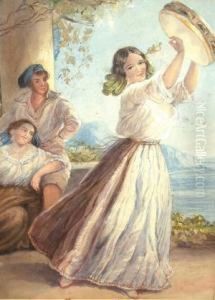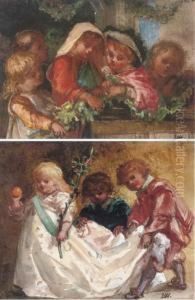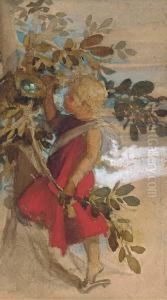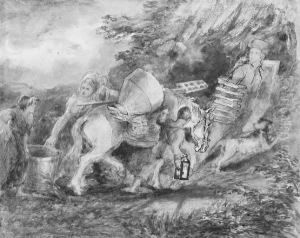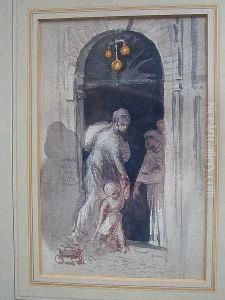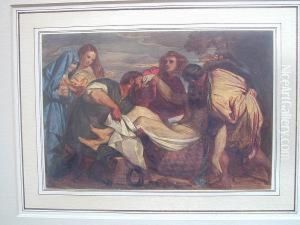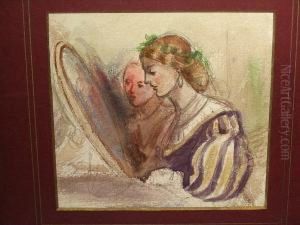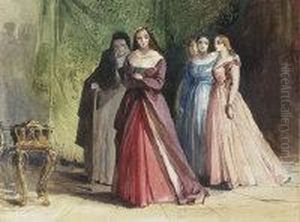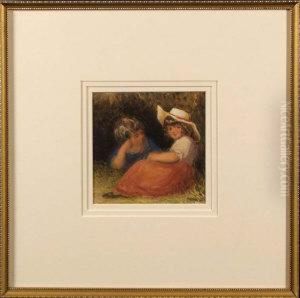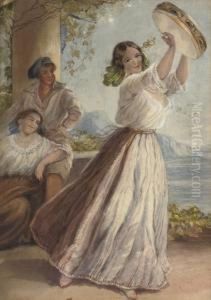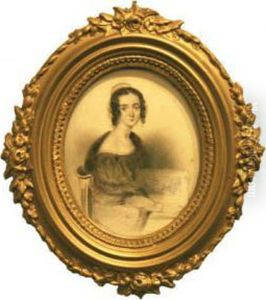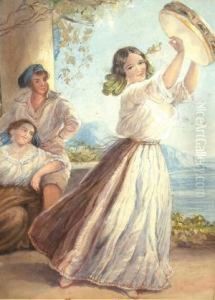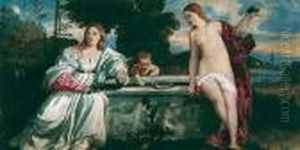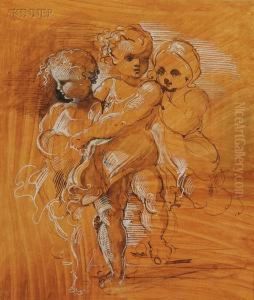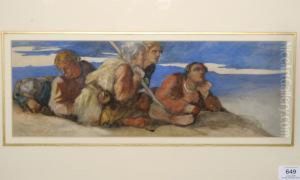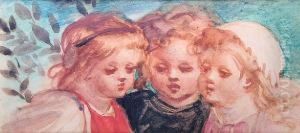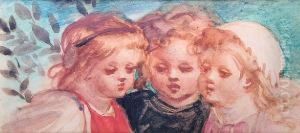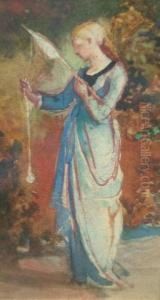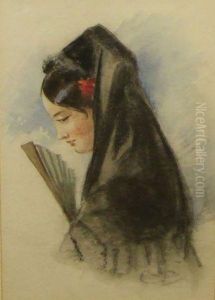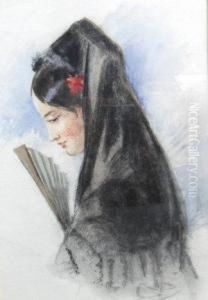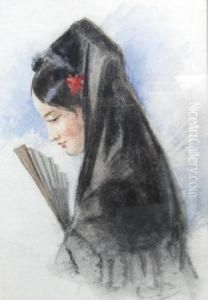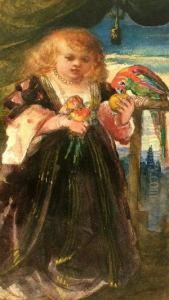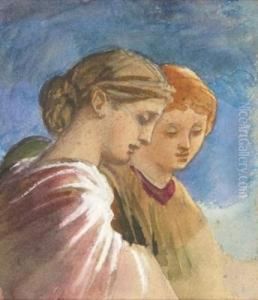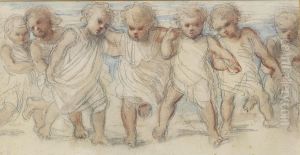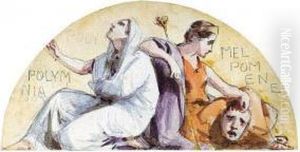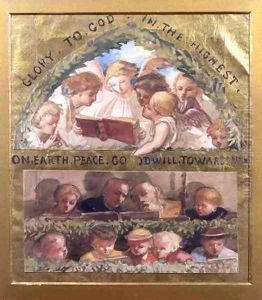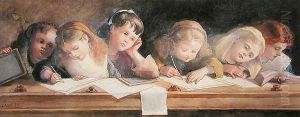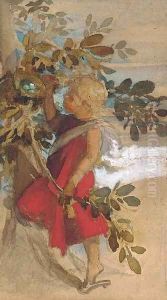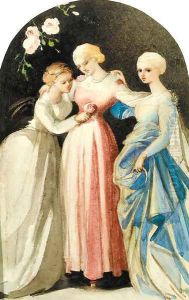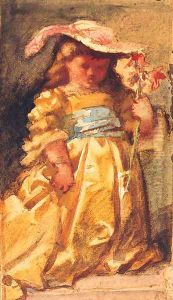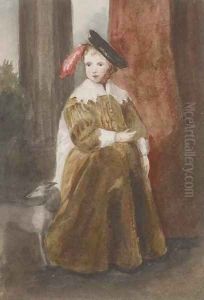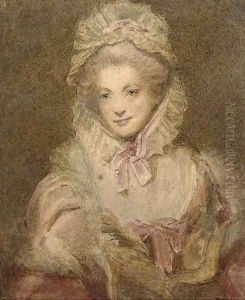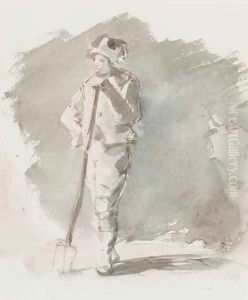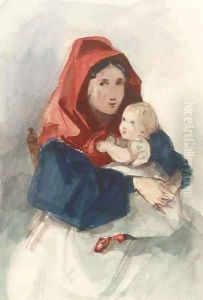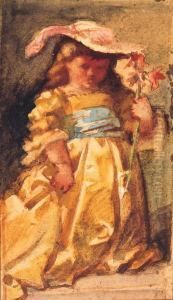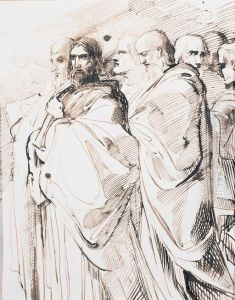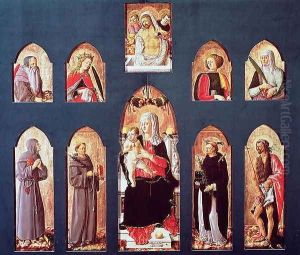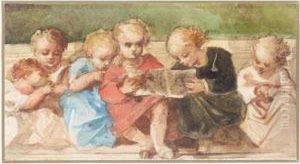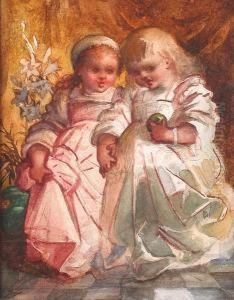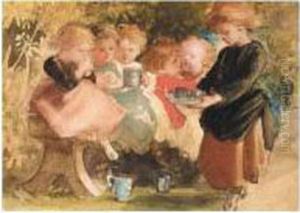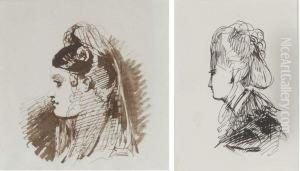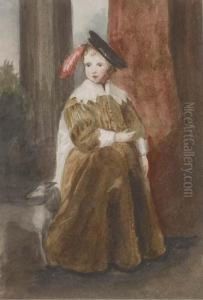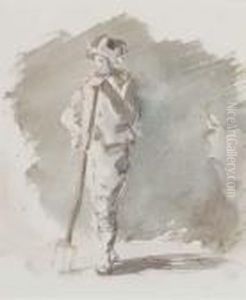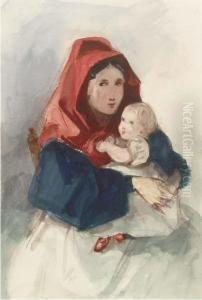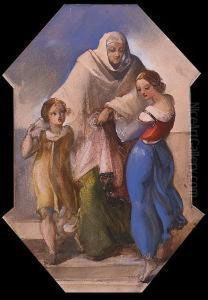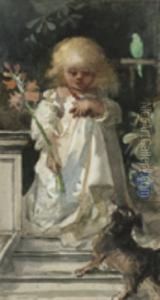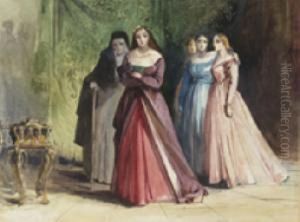Louisa Anne, Marchioness of Waterford Paintings
Louisa Anne, Marchioness of Waterford, born Louisa Anne Stuart, was a British watercolour artist and philanthropist, known for her painting as well as her charitable work. Born on April 14, 1818, into an aristocratic family, she was the daughter of Charles Stuart, who was a British diplomat, and his wife Louisa. In 1842, she married Henry Beresford, the 3rd Marquess of Waterford, becoming the Marchioness of Waterford.
Louisa was well-educated and showed an early interest in art. She was privileged to have the opportunity to study painting, which was unusual for women of her time. Her status allowed her to be tutored by notable artists of the era, including George Frederic Watts and Sir Francis Grant. Despite her aristocratic background, she chose not to exhibit her work for sale, as it was not considered appropriate for a woman of her standing. However, she did exhibit her work in galleries and was associated with the Pre-Raphaelite Brotherhood, an influential group of English painters, poets, and art critics.
After the death of her husband in 1859, Louisa Anne, Marchioness of Waterford, dedicated herself more intensively to her art and philanthropy. She spent a significant amount of time in Ford Castle, Northumberland, which she had inherited from her husband. There, she established schools and provided education for the children of her tenants and workers. Her charitable work extended to improving the living conditions and welfare of her tenants.
As an artist, Louisa Anne is particularly remembered for her watercolours and murals. Her work often featured religious themes and was heavily influenced by the Pre-Raphaelite style, which was characterized by its vivid colors, attention to detail, and themes of medievalism and nature. One of her most notable works is a series of murals in the Schoolhouse at Ford, which depict biblical scenes and were created as an educational tool as well as an artistic endeavor.
Louisa Anne continued to paint and contribute to her community until her death on May 12, 1891. Her legacy includes not only her artwork but also her contributions to education and the welfare of the less fortunate. Although not as widely recognized today as some of her contemporaries, her work and impact on the art world during the Victorian era remain significant.
